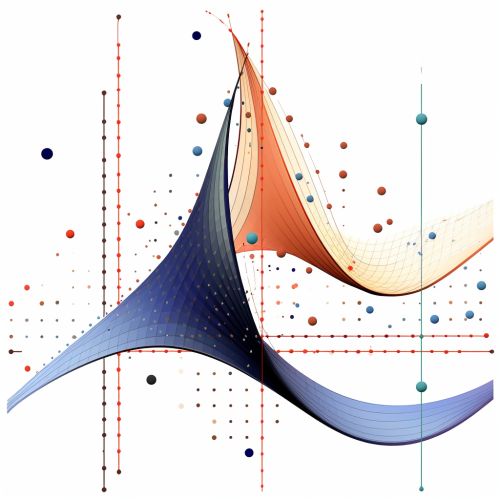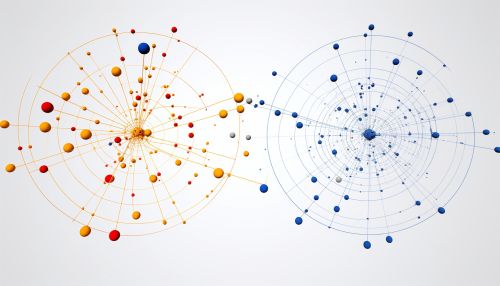Canonical Correlation
Introduction
Canonical correlation analysis (CCA) is a statistical method used to understand the relationship between two multivariate sets of variables. It is a way of measuring the linear relationship between two multidimensional variables. The technique was first introduced by Harold Hotelling in 1936 Harold Hotelling.
Mathematical Formulation
The mathematical formulation of canonical correlation analysis involves the calculation of canonical variates and the evaluation of the canonical correlation. The canonical variates are linear combinations of the original variables that maximize the correlation between the two sets of variables. The canonical correlation is the correlation between these canonical variates.
Canonical Variates
Canonical variates are linear combinations of the original variables that maximize the correlation between the two sets of variables. The canonical variates are calculated using the eigenvectors of the cross-covariance matrix between the two sets of variables. The canonical variates are uncorrelated and have a unit variance.


Canonical Correlation
The canonical correlation is the correlation between the canonical variates. It is a measure of the strength of the linear relationship between the two sets of variables. The canonical correlation can range from 0 to 1, where 0 indicates no linear relationship and 1 indicates a perfect linear relationship.
Applications
Canonical correlation analysis has a wide range of applications in various fields such as psychology, economics, medicine, and ecology. It is used to identify and measure the associations between two sets of variables. For example, in psychology, it can be used to understand the relationship between a set of cognitive variables and a set of behavioral variables.
Limitations
Despite its usefulness, canonical correlation analysis has some limitations. It assumes that the relationships between variables are linear, which may not always be the case. It also assumes that the variables are normally distributed, which may not be true in all situations.
See Also
Categories
References
1. Hotelling, H. (1936). Relations Between Two Sets of Variates. Biometrika, 28(3/4), 321-377. 2. Thompson, B. (2000). Canonical Correlation Analysis: Uses and Interpretation. Sage. 3. Sherry, A., & Henson, R. K. (2005). Conducting and interpreting canonical correlation analysis in personality research: A user-friendly primer. Journal of Personality Assessment, 84(1), 37-48.
